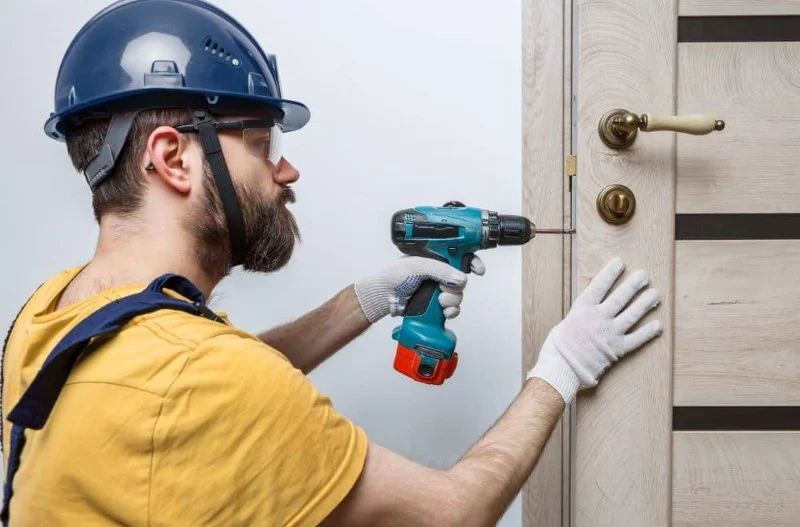
- Why Lock Drilling is a Concern for Home Security
- Common Methods Used in Lock Drilling
- How to Prevent Lock Drilling
- Locksmith-Recommended Security Tips
- Real-Life Examples of Successful Lock Drilling Prevention
1. Why Lock Drilling is a Concern for Home Security
Lock drilling is a technique used by burglars to break into homes by drilling through the lock mechanism. This can easily bypass traditional locks, allowing unauthorized access to your home, even if you have high-quality security locks installed. The rise in lock drilling incidents has made homeowners more concerned about the security of their properties, particularly in urban and suburban areas where break-ins are more frequent.
Not only does lock drilling compromise the security of your home, but it also leads to expensive repairs. Damaged locks or lock mechanisms often need to be completely replaced, which can be costly and time-consuming. To safeguard your home and ensure peace of mind, it is essential to take preventive measures against lock drilling.
2. Common Methods Used in Lock Drilling
Understanding the methods used in lock drilling can help you identify the vulnerabilities in your locks and take steps to protect them. Here are some common techniques burglars use:
1. Drilling the Cylinder: One of the most common methods of lock drilling involves drilling directly into the lock cylinder. This can disable the locking mechanism and allow the burglar to remove the lock from the door. Once the cylinder is removed, they can gain access to the home with ease.
2. Bumping and Picking: Although not technically "drilling," many thieves combine lock bumping or picking with drilling to manipulate the pins inside the lock and gain access. This often requires less force and is much quieter, allowing burglars to avoid detection.
3. Using Power Drills: Some criminals use power drills with specialized bits to quickly penetrate lock mechanisms, making them a more efficient and effective tool for breaking in. These drills can go through even tough locks with minimal effort, especially if they are used on older or poorly maintained locks.
3. How to Prevent Lock Drilling
While no lock is entirely invulnerable, there are several steps you can take to protect your home from lock drilling attempts. Here are some effective strategies to help prevent lock drilling:
1. Install Anti-Drill Locks: The first line of defense against lock drilling is to invest in anti-drill locks. These locks are specifically designed to resist drilling by using hardened steel or other materials that are difficult for drills to penetrate. Look for locks that are rated by the American National Standards Institute (ANSI) for their drill resistance.
2. Use Security Plates: A security plate, or anti-drill plate, is an additional layer of protection that can be installed over the lock. These plates are made from reinforced steel and are designed to prevent a drill from making direct contact with the lock. They cover the vulnerable areas of the lock, making it much harder for burglars to drill through the lock cylinder.
3. Upgrade to High-Security Locks: High-security locks, such as those with complex pin tumbler mechanisms or electronic keypads, offer enhanced protection against lock drilling. These locks are more resistant to tampering and drilling attempts, making them a more secure option for homeowners looking to protect their property.
4. Reinforce the Door Frame: In addition to securing the lock itself, reinforcing the door frame can make a big difference in preventing break-ins. A solid door frame, along with a high-quality lock, will provide better overall protection. Consider installing a metal or reinforced wooden door frame to add an extra layer of security.
4. Locksmith-Recommended Security Tips
In addition to installing anti-drill locks and security plates, locksmiths recommend several other security practices to ensure your home remains safe from lock drilling and other break-in techniques:
1. Regularly Update Locks: If your locks are old or outdated, they may be easier to drill or bypass. Regularly updating your locks to newer models can keep your home secure. Locksmiths recommend upgrading your locks every 5-10 years to ensure your security is up to date.
2. Install Motion-Activated Lighting: A well-lit property is less attractive to burglars. Installing motion-activated lighting around your property, particularly near entry points like doors and windows, can discourage burglars from attempting to break in.
3. Use Smart Security Systems: Smart home security systems with cameras, motion sensors, and door/window alarms provide an extra layer of protection. These systems can alert you to any suspicious activity and can be monitored remotely, ensuring your home is protected even when you're not around.
4. Keep Spare Keys Secure: Never hide spare keys under the doormat or in other obvious places. If a burglar knows where to find your spare key, they can easily bypass the lock. Instead, use a lockbox or leave a spare key with a trusted neighbor or friend.
5. Real-Life Examples of Successful Lock Drilling Prevention
Let’s look at a couple of real-life examples of how homeowners successfully prevented lock drilling attempts:
1. Sarah’s Home Security Overhaul: After hearing about local break-ins, Sarah decided to take action to protect her home. She had her locks upgraded to high-security models and installed anti-drill plates on her doors. Since making these upgrades, she has not experienced any break-ins, and her home feels much more secure.
2. Tom’s Prevention Plan: Tom had a recent experience where he noticed a suspicious person lingering near his home. Concerned about potential lock drilling, he reinforced his door frame with a steel reinforcement kit. He also installed motion-sensor lights around his property. These measures gave Tom peace of mind, knowing that his home was better protected from break-in attempts.
Lock drilling is a serious threat to your home’s security, but by taking the right precautions, you can protect your property and reduce the risk of burglary. Investing in high-quality locks, security plates, and reinforcing your doors will go a long way in ensuring your home stays safe. For more tips and to find the best locksmith services, visit Locksmith Finder for expert advice and the best products to keep your home secure.




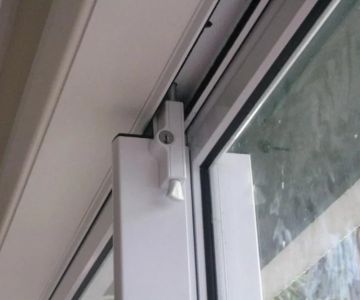

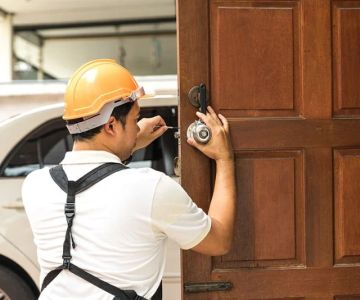
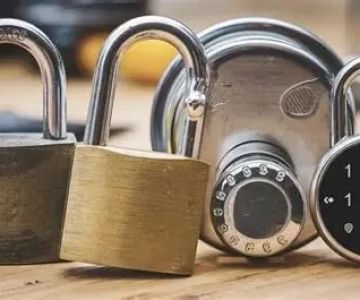
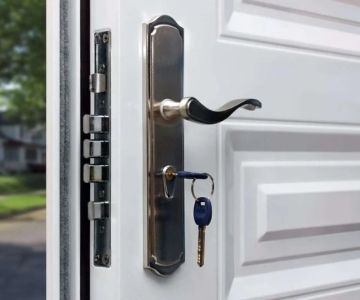
 Locksmith Near Me4.0 (83 reviews)
Locksmith Near Me4.0 (83 reviews)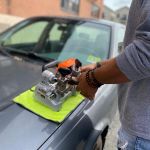 KeyMe Locksmiths4.0 (9 reviews)
KeyMe Locksmiths4.0 (9 reviews) Minute Key3.0 (2 reviews)
Minute Key3.0 (2 reviews) Lockworks4.0 (90 reviews)
Lockworks4.0 (90 reviews) KeyMe Locksmiths4.0 (160 reviews)
KeyMe Locksmiths4.0 (160 reviews) KeyMe Locksmiths4.0 (28 reviews)
KeyMe Locksmiths4.0 (28 reviews) How to Secure Your Patio and Deck Doors Against Forced Entry
How to Secure Your Patio and Deck Doors Against Forced Entry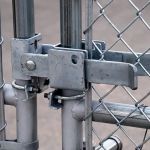 How to Secure Your Fence Gate: Locksmith Solutions
How to Secure Your Fence Gate: Locksmith Solutions How to Handle a Lost Car Key: Tips from Locksmith Experts
How to Handle a Lost Car Key: Tips from Locksmith Experts How to Safely Install a Biometric Lock for Maximum Protection
How to Safely Install a Biometric Lock for Maximum Protection How to Protect Your Home From Lock Drilling Techniques | Locksmith Finder
How to Protect Your Home From Lock Drilling Techniques | Locksmith Finder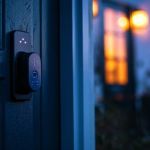 Why Install a Smart Lock on Your Storm Door for Maximum Security
Why Install a Smart Lock on Your Storm Door for Maximum Security